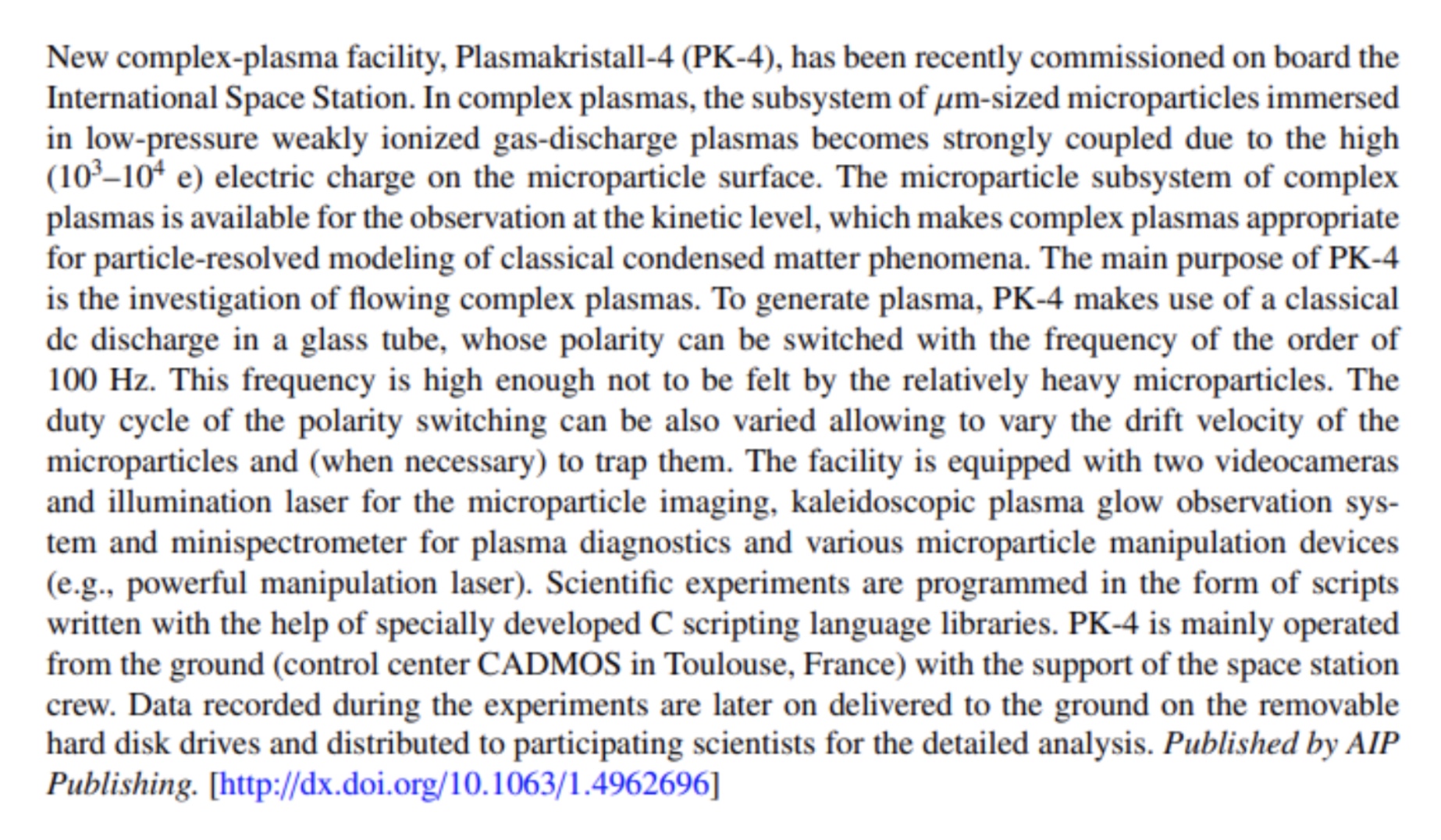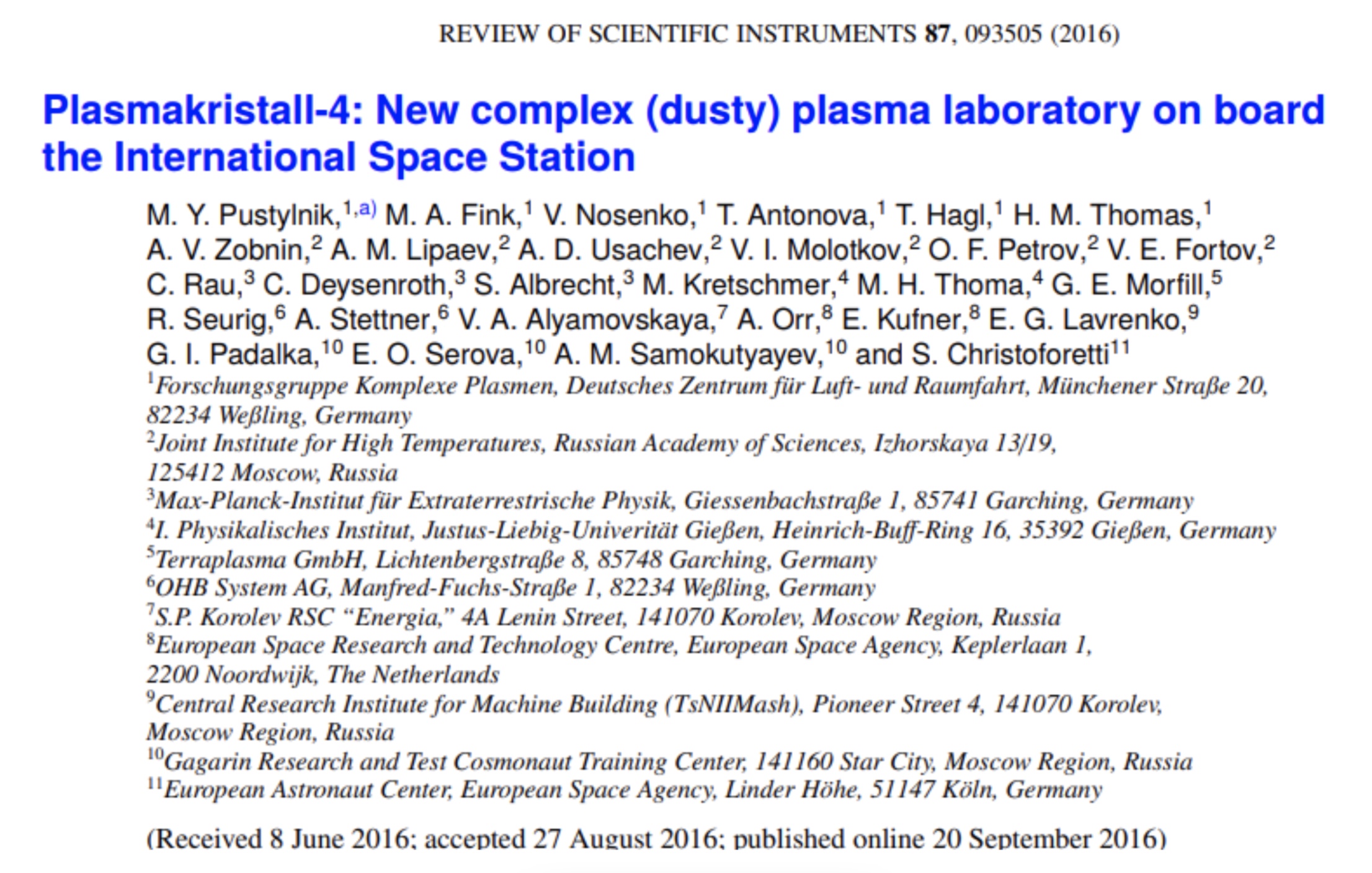About Us
Company History
Advanced Photonic Sciences (APS) is a technology-driven photonics company that was organized in 2003 as Snake Creek Lasers, LLC. Today the company legally does business as Snake Creek Lasers dba Advanced Photonic Sciences, pending our conversion to a new corporate entity. The name change to APS reflects the reality that our company develops and manufactures not just individual laser devices, but also modules and systems and custom devices that incorporate optical, electro-optic, spectroscopic, and nonlinear optical components, and advanced electronics technologies.
APS is located in beautiful northeast Pennsylvania, in a modern facility that contains offices, research and development laboratories, and manufacturing.
The company was founded by Dr. David C. Brown, a renowned laser physicist with over 45 years of experience in optics and lasers who has made seminal contributions to those fields. Prior to founding APS, Dr. Brown worked at senior research positions in projects at General Electric in Syracuse, Schenectady, and Binghamton, all in NY, at The Laboratory for Laser Energetics at The University of Rochester in Rochester, NY, and at Northrop-Grumman in Redondo Beach, CA. He is a scientific reviewer for sixteen highly regarded laser and optics journals, including most Optical Society of America and IEEE journals, and is an author of or contributor to sixteen U.S. patents or patents pending.
In 2019 Dr. Brown was elected a Fellow of The Optical Society of America (Now Optica), “for industrial leadership and pioneering research in rare-earth activated lasers, rare-earth doped cryogenic laser technology, and the understanding of thermal effects in fiber lasers and cryogenic lasers”.
Our company has a long history of scientific collaborations, with organizations such as Clemson University, the U.S. Army Research Laboratory, Naval Research Laboratory, Binghamton University, Montana State University, and others. Most collaborations involve optical spectroscopy of rare-earth and transition metal doped laser crystals and glasses, while others are focused on 3-D printing and advanced electronics and printed circuit boards.
Our Expertise
Our staff of talented laser physicists, laser engineers, and electrical, mechanical, and software engineers is an efficient focused team capable of rapidly generating photonic designs, simulations, professional engineering drawings, prototypes and breadboards, and products whose manufacturability is not an afterthought, but part of our overall development process. We use a variety software simulation tools including Zemax, Lascad, Rezonator and Paraxia, FlexPDE, SolidWorks, Origin, Fityk, Berkeley Madonna, CrystalMaker, SNLO, Vesta, as well as a suite of APS developed computer codes that simulate the performance of CW and Q-switched diode-pumped solid-state lasers (DPSSL’s) to aid in our development process.
APS is known as a laser and optical science-based company, and has a reputation for constant innovation and invention. Our organization values manufacturing and quality-control and has implemented a Toyota-like quality system. Starting with the invention of the first green (532 nm) miniature lasers in TO-type cans, our MicroGreen and MiniGreen series, our offerings have gradually expanded to include 946 nm, 1064 nm, 1319 nm, and 1535 nm miniature lasers. Our MicroGreen lasers, which offer the largest power density (output power/volume) in the world, have been and continue to be used in numerous applications worldwide, including materials handling, medical alignment, sawmill alignment, and others. APS also manufactures laser modules, including our wide-temperature-range (WTR) module used primarily in the materials handling industry. The WTR module incorporates a MicroGreen laser; a sophisticated control module allows operation in ambient environments that are often extremely cold or hot. Over 15,000 rugged modules have been produced.
APS & The International Space Station (ISS)
We are proud of the fact that our MiniGreen, a 150 mW device, has flown aboard the International Space Station, and was used for illumination of microparticles in a plasma experiment. The work was published in The Review of Scientific Experiments in 2016; the cover page of the article is shown below.


New Technologies and Products
We are currently focused on finishing the development of and introducing ultra-narrowband compact DPSSL devices operating at 1535 nm that display low RIN, and linewidths of < 1 kHz. One of our new products, to be offered in 2022, is a completely contained stand-alone laser module incorporating a 1535 nm Yb,Er:Glass laser, shown below.
We also expect in the near-future to offer additional narrowband wavelengths at 946 nm, 1064 nm, 1319 nm, and 1346 nm. We are now finishing the development of compact high-frequency (up to about 25 GHz) RF photonic-link transmitters as well.

Stand-Alone Ultra-Narrowband Laser Module
At Photonics West ’22, we introduced our new SmartLaserTM module that contains integrated diode driver and TEC electronics, the ability to operate with any laser diode from the UV to the near-IR, and which incorporates a USB and RF electronics to allow, for the first time, real-time remote monitoring of laser performance. A rendering of the SmartModuleTM is shown below:

New SmartModuleTM
APS is also introducing a new compact accurate distance sensor, and new high-power fiber-coupled blue laser systems for materials processing, 3-D printing, and other applications.
Our Partners
APS has recently begun to represent several European photonics related companies in North America. Notable amongst these are Carbon Vision, a maker of advanced carbon-based breadboards, and Dr. Luhs educational modules, both from Germany. We also represent Lasertack from Germany and AkiTech from Japan. APS is currently discussing representation in North America with additional companies, and welcomes any inquiries from others.
Custom Laser Development
APS designs, fabricates, and demonstrates custom diode-pumped solid-state lasers for commercial and university customers. We have provided green and infrared Nd:YVO4 lasers, Nd:YAG lasers, Er:YAG Ho:YAG lasers, Yb:YAG lasers, Alexandrite lasers, and many others. Devices have been typically CW or Q-Switched, and we are now extending our expertise into the ultrafast regime. Lasers can be developed on a proprietary basis, and most development programs are less than 9-12 months in duration.

